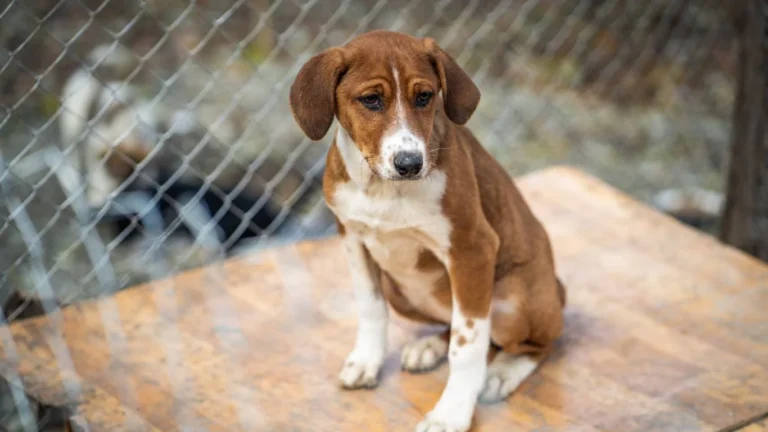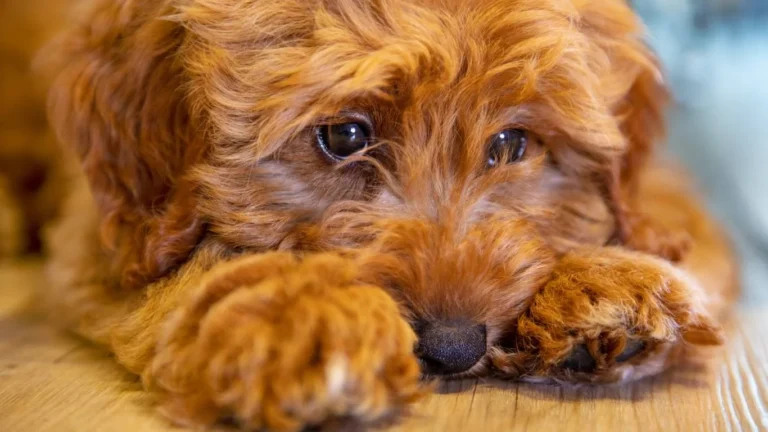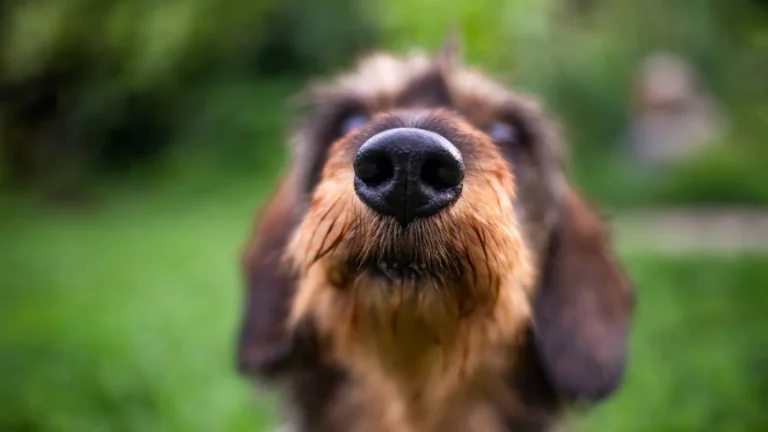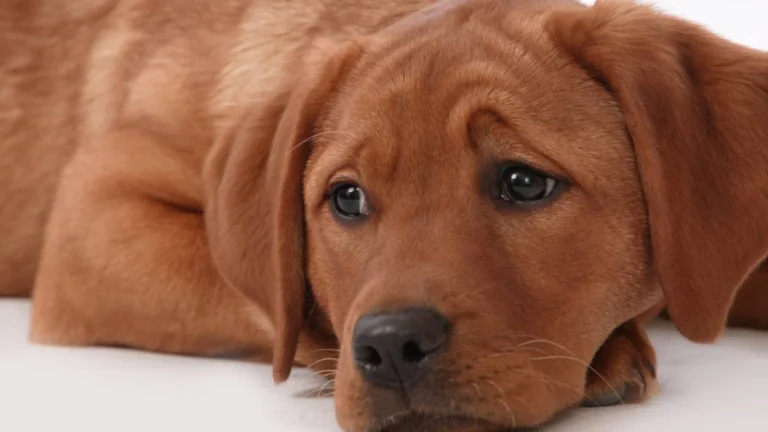Help Your Dog Recover Fast from Heat Exhaustion with These Expert Tips
It’s honestly terrifying when you realize your dog might be suffering from heat exhaustion. I remember one summer afternoon at the clinic—crazy hot outside, one of our clients rushed in with their Golden Retriever. Poor guy had been out for too long, panting like mad, drooling, and barely responding. That moment really stuck with me. So if you’re here wondering how to help a dog recover from heat exhaustion, you’re absolutely in the right place. Based on what I’ve seen working as a veterinary assistant with a focus on nutrition, and the countless overheated pups I’ve helped care for, I’ll walk you through what you need to know—what signs to look for, how to act quickly, and what recovery should actually look like.
Understanding Heat Exhaustion in Dogs
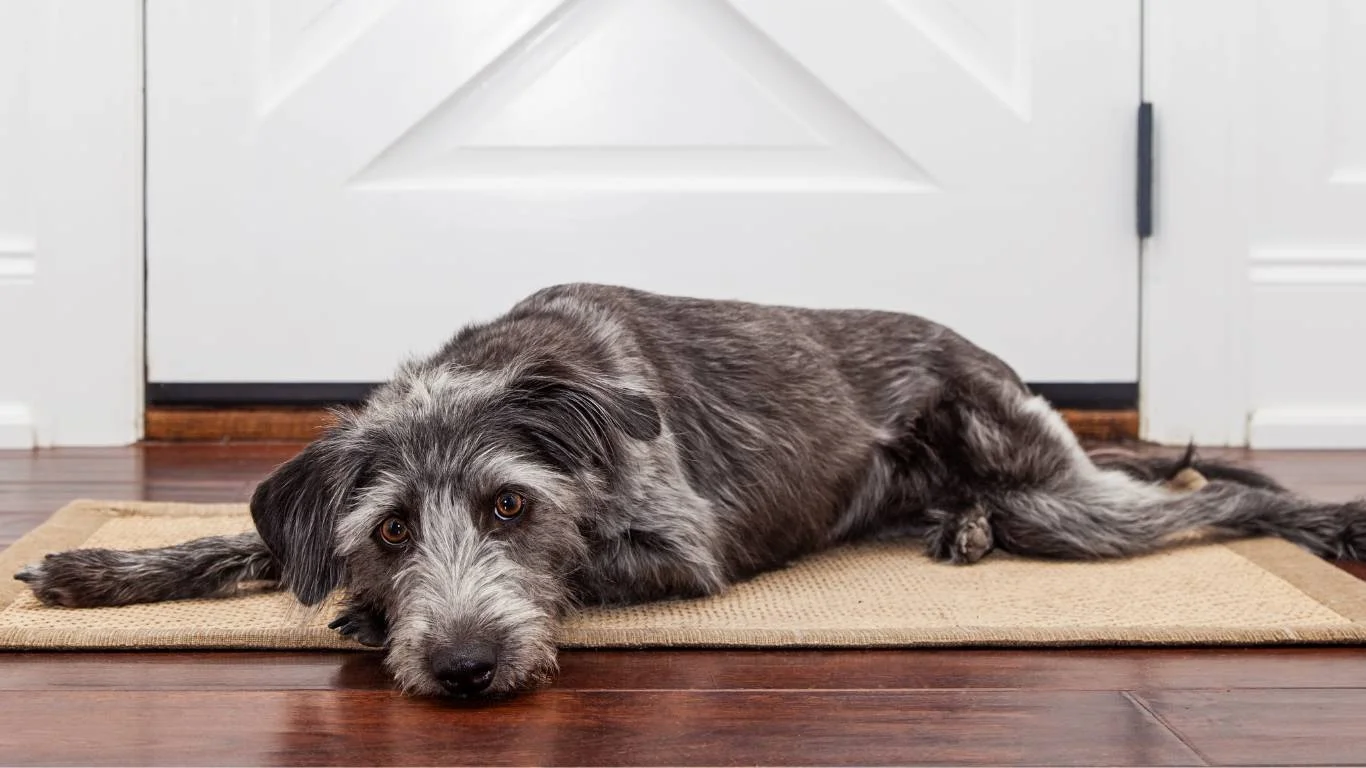
Heat exhaustion (or hyperthermia, to be fancy) happens when a dog’s body temperature climbs dangerously high—usually from overexertion in hot weather. It can hit fast, especially in breeds with thick coats or short snouts like Huskies or Bulldogs. I’ve seen it happen after just 15 minutes of play in the sun. Dogs can’t sweat like we do. They rely on panting and their paw pads to release heat. When those systems can’t keep up, things escalate fast.
Common Signs Your Dog Is Overheating
Some symptoms can sneak up on you, but here are the most common signs I always tell pet parents to watch for:
- Excessive panting or difficulty breathing
- Drooling (more than usual)
- Bright red or very pale gums
- Wobbliness, stumbling, or weakness
- Vomiting or diarrhea
- Rapid heart rate
- Confusion or disorientation
- Collapse or seizures (in extreme cases)
The earlier you spot the signs, the better. One thing I always remind folks: if your dog isn’t acting like themselves—seems “off” or more lethargic than normal—it’s worth checking their temperature. Anything above 103°F is a red flag.
Immediate First Aid for Heat Exhaustion

Time is everything when it comes to heat exhaustion. The faster you take action, the better your dog’s chances of a smooth recovery. I’ve walked many pet parents through this in emergency situations—here’s the step-by-step process I share.
1. Move to a Cooler Environment
Get your dog out of the heat immediately. Find shade, go indoors, or sit in your air-conditioned car if that’s the quickest option. Even a breezy garage is better than direct sun. Heat trapped in cars and backyards can be brutal—think oven-level bad.
2. Offer Small Sips of Water
Don’t dump a bowl in front of them and expect them to chug—it could make things worse. Let them lick ice cubes or offer cool (not ice-cold) water in small amounts every few minutes. I usually recommend a few tablespoons at a time, especially for small breeds.
3. Use Cool, Wet Towels
This one’s a go-to trick I’ve used more times than I can count. Soak towels in cool water and place them on your dog’s belly, armpits, and paws. Avoid using ice directly—it can cause blood vessels to constrict, making it harder for the body to release heat. Focus on gradual cooling.
4. Keep Air Flowing
If you have a fan nearby, use it! Position it to blow over the wet towels. Evaporation helps bring their body temp down safely. If I’m at the clinic, we’ll even use handheld blowers on low, keeping them at a comfortable distance.
5. Check Temperature (If You Can)
If you’ve got a rectal thermometer (yeah, not everyone’s favorite tool), take your dog’s temp. The goal is to get it down to 102.5°F. Once they hit that, stop active cooling. It’s easy to go too far and risk hypothermia if you overdo it.
6. Call Your Vet—Always
Even if they seem okay afterward, don’t skip the vet visit. Internal damage isn’t always visible right away. I’ve seen dogs bounce back fast at first, only to develop kidney or organ issues hours later. Play it safe. Your vet can run some tests and monitor for complications.
Why Some Dogs Are More At Risk
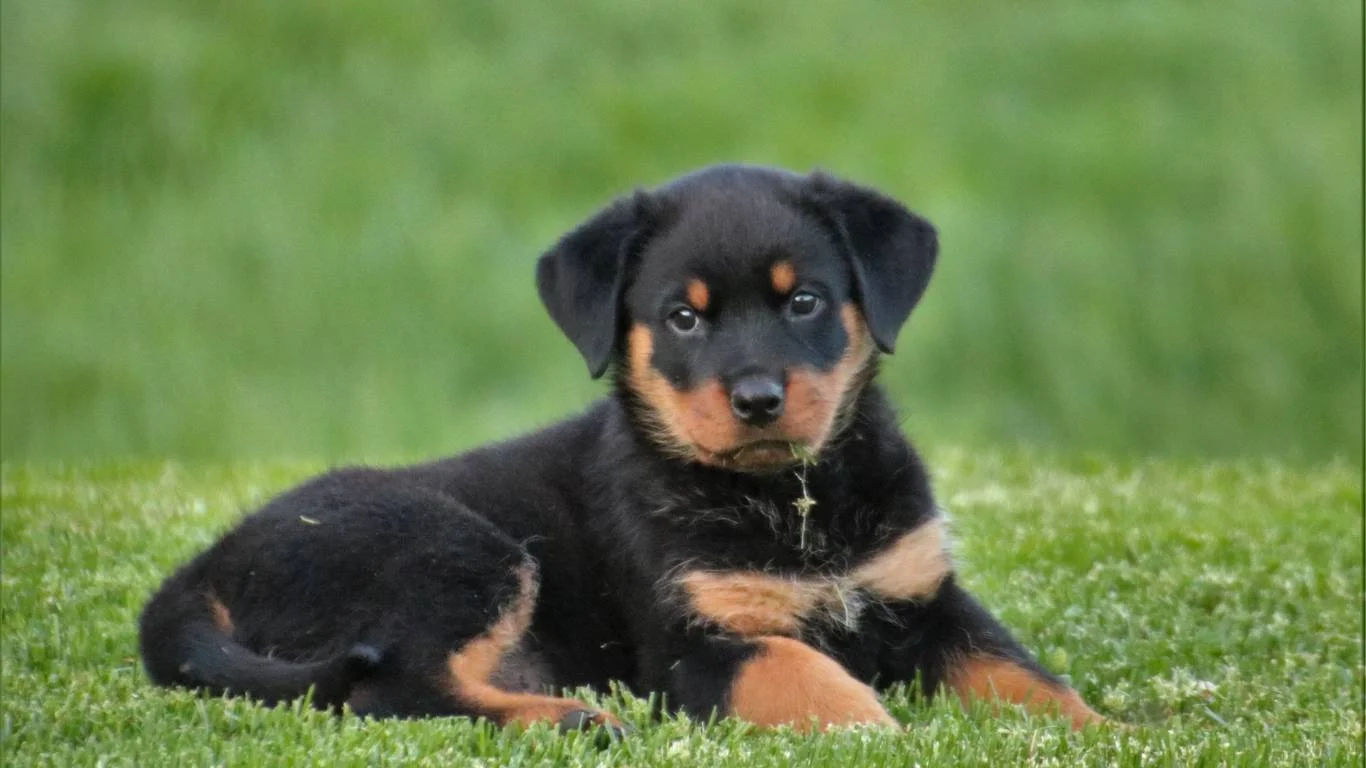
Not all dogs handle heat the same. Through my work in nutrition and care, I’ve noticed certain breeds and health conditions make some pups extra vulnerable. It’s not just about outside temperature—it’s about how their bodies process heat.
Breed & Coat Type
- Brachycephalic breeds like French Bulldogs, Pugs, and Boxers can’t breathe efficiently. That limits their ability to cool off via panting.
- Thick-coated dogs like Huskies and Newfoundlands trap heat like a winter coat in July. Even moderate temps can be risky for them.
Age & Health Conditions
- Puppies and senior dogs have less efficient body regulation overall.
- Dogs with heart or respiratory issues are at higher risk for complications.
- Overweight pups retain more heat—body fat acts like insulation.
If your dog checks any of these boxes, don’t wait until you see symptoms. Be proactive. Early prevention is key—and honestly, it can save their life.
What Recovery Actually Looks Like After Heat Exhaustion
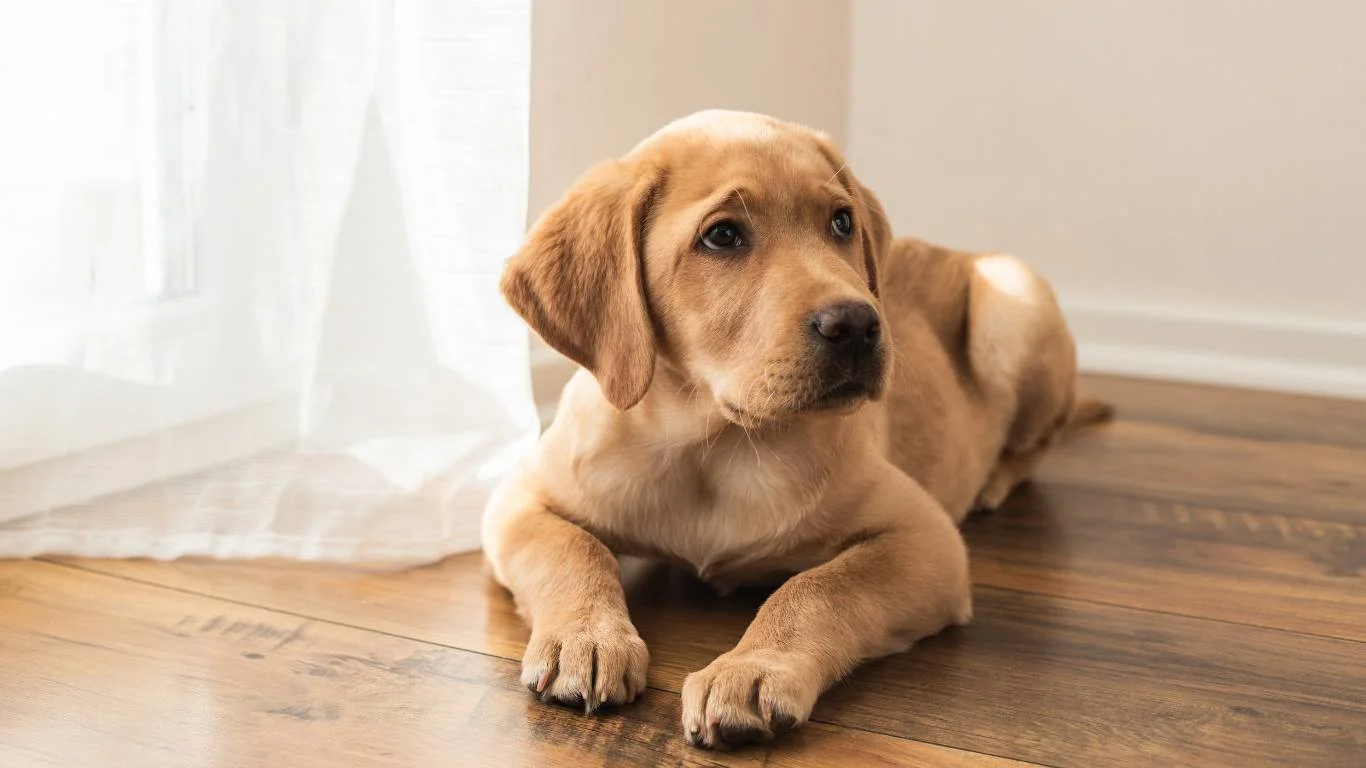
Once the immediate crisis is under control, the next few days are all about gentle care and close monitoring. Trust me, just because your dog seems “okay” after cooling down doesn’t mean you’re in the clear. I’ve worked with dogs who looked totally normal a few hours after overheating, only to crash later with kidney issues or dehydration. Recovery is a process.
Keep Your Dog Calm and Cool
First off, rest is non-negotiable. Your pup might be tired, confused, or just not acting like themselves—don’t push it. Give them a quiet, shaded space indoors where they can relax without too much stimulation. I usually recommend setting up a soft, damp towel for them to lay on with a fan nearby, but not blowing directly on them.
Avoid walks for at least 24–48 hours and watch for any signs of relapse. If your dog starts panting hard again or seems sluggish, that’s a big red flag.
Offer Small, Frequent Meals and Water
Your dog’s system might still be a little out of whack, so I always tell clients to stick to small, bland meals for a day or two. Something like boiled chicken and white rice can be soothing on their stomach, especially if there was any vomiting or diarrhea. And don’t forget to keep fresh, cool water nearby at all times.
Electrolytes can help too, but check with your vet first—some dogs may benefit from a pinch of unflavored Pedialyte mixed into their water, but not every dog needs it.
Watch for Delayed Symptoms
This is where experience really comes in handy. Just because your dog is walking around and wagging their tail doesn’t mean the danger is over. I’ve seen delayed symptoms show up 12–24 hours later—things like vomiting, dark urine, or unusual fatigue. These can be signs of organ stress or heat stroke aftermath.
If anything seems off, don’t wait it out. Call your vet, even if it feels like “overreacting.” I’ve always believed in better safe than sorry—especially with our four-legged family members.
How Nutrition Can Speed Up the Healing Process

Now here’s a piece not many people talk about—nutrition after a heat episode. It’s one of the areas I focus on most in my work. A dog recovering from heat exhaustion has likely burned through a ton of electrolytes, hydration, and energy. Supporting them from the inside out can make all the difference.
Hydrating Foods Matter
One trick I use all the time: hydration through food. Add water or low-sodium bone broth to kibble, or toss in some moisture-rich snacks like:
- Cucumber slices (peeled and chopped)
- Watermelon (seedless, of course!)
- Plain canned pumpkin
- Frozen blueberries or strawberries
These snacks are not only cooling but also full of antioxidants and nutrients that help reduce inflammation. Just introduce them slowly and in moderation if your pup isn’t used to them.
Consider Digestive Support
After a stress event like heat exhaustion, the gut can get a little finicky. I often recommend plain, unsweetened yogurt (just a spoonful!) or a vet-approved probiotic powder. These help restore balance in the digestive system and support immunity during recovery.
Supplementing Smartly
I’m not big on over-supplementing, but a few strategic additions can support recovery:
- Omega-3 fatty acids: These help reduce inflammation and promote cellular repair.
- Electrolyte blends: Look for ones made for dogs, without added sugar or coloring.
- CoQ10 or antioxidant blends: These support heart function and cellular energy (especially for senior dogs).
Again, chat with your vet before adding anything new—some dogs have health conditions that need careful monitoring.
Preventing Heat Exhaustion in the Future
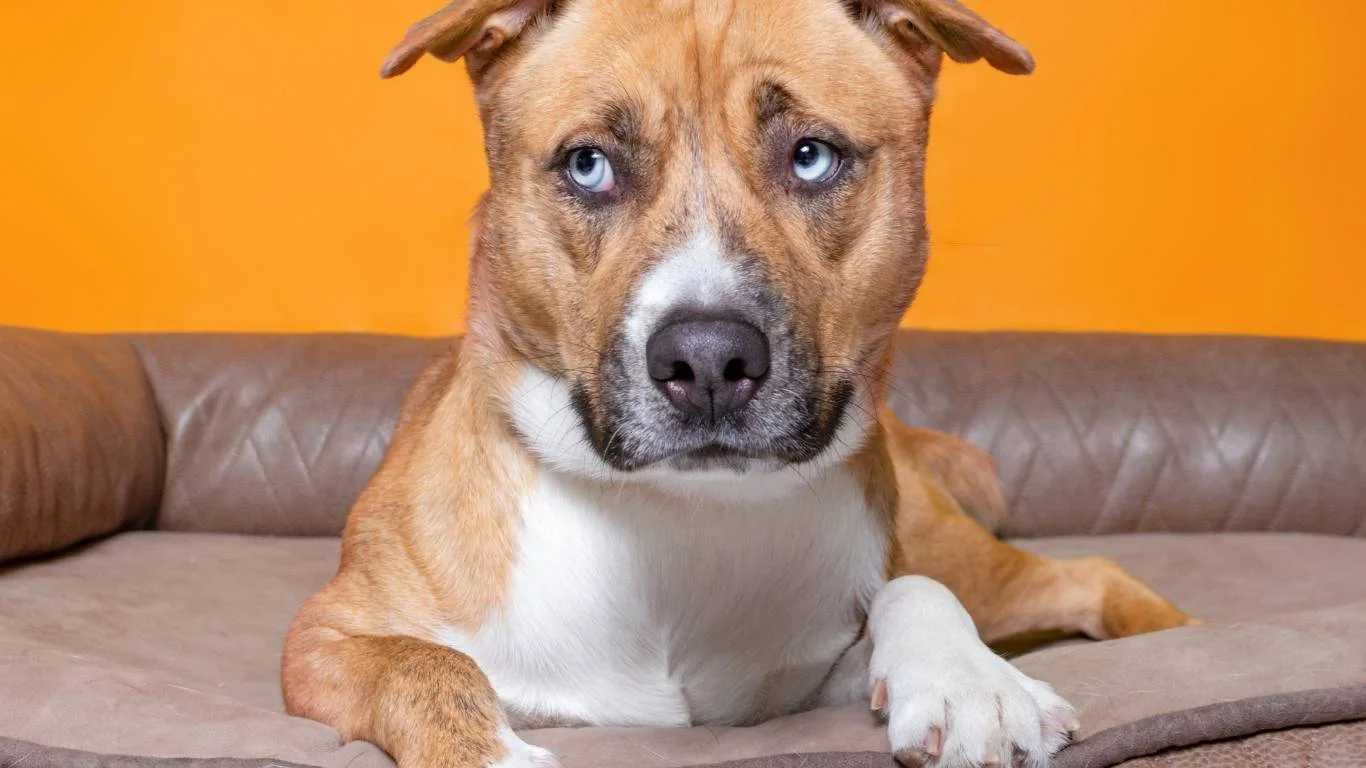
Honestly, prevention is where you want to win the battle. Once you’ve seen your dog go through heat exhaustion once, you’ll never want to see it happen again. It’s scary, and the recovery can take longer than people expect.
Set a Temperature Cut-Off
My rule of thumb? If it’s too hot for me in a t-shirt and no breeze, it’s too hot for a walk. I usually skip walks once the temps hit 85°F+ with humidity. Early mornings or late evenings are your best bet—and always carry water and collapsible bowls.
Invest in Cooling Gear
Cooling vests, mats, and even freezer-safe bandanas can work wonders. I’ve seen them really help during hot summer clinics or rescue events. Just make sure your dog is comfy wearing them before you rely on them outside.
Watch the Paws!
One thing people forget? The pavement. If you can’t hold your hand on the sidewalk for 7–10 seconds without discomfort, it’s too hot for your dog’s paws. Burned pads are painful and take forever to heal.
Use Shade & Water Smartly
Whether you’re in the backyard or at a dog park, always make sure there’s plenty of shade and fresh water available. I recommend setting up a shaded kiddie pool if you’re spending time outside—that’s one tip dog owners LOVE once they try it!
And if you’ve got a breed that struggles with heat, don’t feel bad about skipping that mid-day fetch session. They’d rather chill in the AC with you, trust me.
Long-Term Care: Supporting Your Dog After Heat Exhaustion
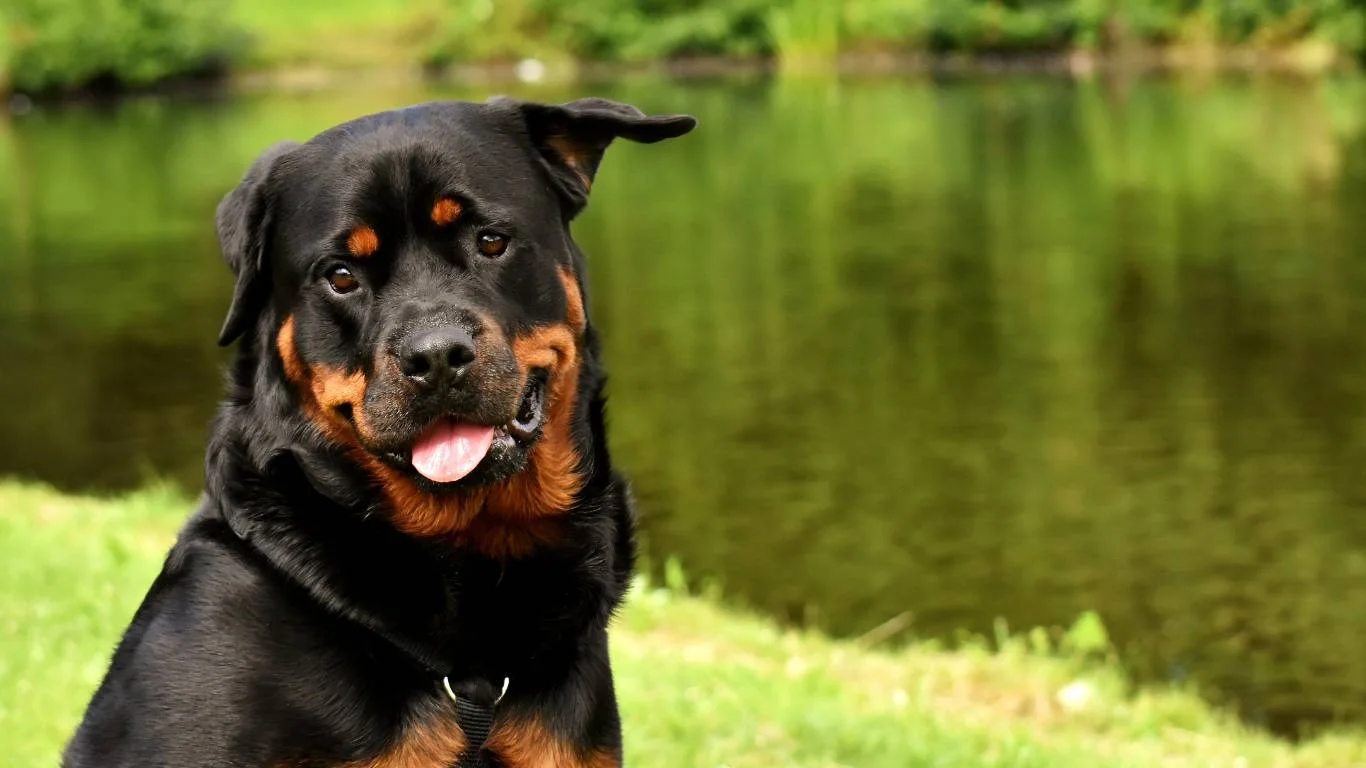
Once your pup is out of the danger zone and has bounced back from the initial scare, you might think the journey is over. But here’s the thing I always tell clients at the clinic: real healing doesn’t stop when the panting slows down. After dealing with how to help a dog recover from heat exhaustion, it’s crucial to shift your focus toward long-term wellness and lifestyle changes.
Build a Post-Recovery Routine
Dogs thrive on routine—especially after a traumatic event like overheating. I usually recommend easing them back into their normal activities slowly. Start with light indoor play, then short walks in cooler hours. Monitor how they respond. No heavy hikes or high-intensity games for at least a week or two.
If your dog is on a special diet or has supplements added to their meals (like electrolytes or digestive aids), keep those going for a bit. You want their body to stay supported while it fully stabilizes.
Behavioral Changes to Watch For
One thing that surprises a lot of pet parents? Behavioral shifts. Some dogs become more sensitive to heat after an episode. Others may show anxiety when going outside during the day. I’ve had clients come back asking, “Why won’t he go past the porch anymore?” And the answer is simple—he remembers. Just like us, dogs can associate bad experiences with specific environments.
If that happens, patience is key. Use positive reinforcement, shade, treats, and slow exposure to rebuild their confidence. And don’t be afraid to reach out to a trainer or vet behaviorist if it doesn’t improve.
Training Your Dog for Heat Resilience

Here’s something I’ve learned after years in the vet field: while we can’t “train” dogs to love the heat, we *can* help them become more resilient to it. And honestly, this proactive approach can reduce your stress too, especially during summer.
Start Conditioning Early in the Season
As temps start to rise, gradually get your dog used to warmer weather. I’m not talking about 2-hour hikes—just short walks during late mornings or early evenings with water breaks built in. Their tolerance will slowly build, kind of like how we adjust to seasonal changes.
Hydration Drills (Yep, They’re a Thing)
This one sounds weird, but it’s something I’ve practiced with my own dogs. Teach them to drink water when prompted, especially on walks. Use a verbal cue like “Drink up!” and reward them for it. This habit can be a lifesaver on hotter days when hydration timing matters.
Make Cooling Fun
If your dog associates cooling with being “forced,” they’ll resist it. Instead, turn it into play! Splash pads, hose games, frozen treat puzzles—get creative. At the clinic, we used to freeze broth in Kong toys or stuff chew bones with chilled pumpkin puree. Dogs went wild for them, and they stayed cool while playing.
Helpful Resources & Where to Learn More
If you’re the kind of pet parent who likes to dig deep (I see you!), here are a few trusted sites where you can learn more about heat safety and dog health:
- American Kennel Club (AKC) – Great info on breed-specific heat risks.
- PetMD – Reliable articles on dog first aid and recovery tips.
- NIH – For research-backed insight on heat stress and dehydration science.
- Health.com – Holistic wellness advice that overlaps with pet care trends.
You can also chat with your local vet about creating a personalized heat safety plan for your dog, especially if they have pre-existing conditions.
Final Thoughts on Protecting Your Pup
I’ve said it before and I’ll say it again: when it comes to dogs and hot weather, being proactive is the real MVP move. The recovery process is doable, yes—but prevention is where you’ll save yourself the heartache.
Knowing how to help a dog recover from heat exhaustion is a skill every dog parent should have tucked in their back pocket. And from one pet lover to another, I hope this guide gave you some clarity, confidence, and practical tools to keep your furry friend safe and healthy. ❤️
One Last Tip
Pop a reminder on your phone for daily weather checks during summer. It’s simple, takes 5 seconds, and it’s something I swear by for my clients. Your dog will thank you later.
Disclaimer
This article is based on my personal experience as a Veterinary Assistant with a nutrition focus and is intended for informational purposes only. It is not a substitute for professional veterinary advice, diagnosis, or treatment. Always consult your veterinarian or a licensed pet health professional regarding your dog’s specific needs or any health concerns.

